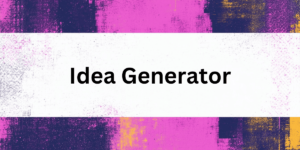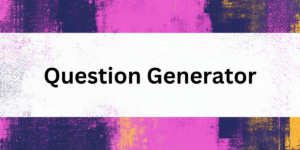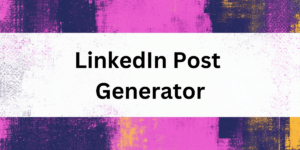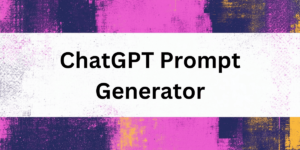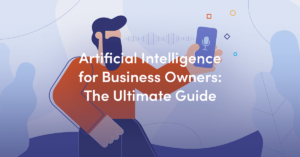OpenAI is a company that uses artificial intelligence and machine learning to create content. Right now, OpenAI is the talk of the town, especially with the AI chatbot ChatGPT, but OpenAI can generate images and other creative content. In this blog, we’ll look at the technical details of how OpenAI creates images and how this technology can help us solve some of our creative problems.
What are OpenAI images?

With OpenAI imagery, businesses and artists can find new ways to create visual experiences. For example, they can help process video and photo editing projects in real time by automatically completing certain tasks that would otherwise require tedious manual work. Or OpenAI images can be used as design tools to achieve unique results that would not have been possible otherwise.
OpenAI images also have big implications for the world of marketing. Thanks to them, companies can now send personalized advertising messages to their customers that delve deep into their target group segments. AI is also helping companies perform incredibly precise analytics to identify better decision-making paths and improve the customer experience.
How does OpenAI create images?
OpenAI has developed a number of innovations with the DALLE-2 AI image generator that allows them to create images. One of the newest areas of research is Generative AI. This Generative AI technology allows OpenAI to create artificial images based on a large AI Neural Network (the brain of AI). The AI can generate completely new and original images using a database of existing images. All you have to do is enter a text prompt describing the image you want and the AI does the rest.
This allows OpenAI to create images that not only look realistic, but also have real functionality. This technique is constantly being improved and can be used for a wide range of applications.
OpenAI has also developed other technologies that help create images. One of these is so-called Deep Learning, which enables OpenAI to automatically recognize images and extract individual objects from them. This technique is most commonly used for recognizing faces and other objects in photos.
What can OpenAI images be used for?
You now have an idea of how OpenAI can generate images. It’s pretty impressive and can help us create many incredible things. But what kind of tasks can AI images actually perform? There are some niches where OpenAI images can find their uses:
New art movement

OpenAI images can be used to create new types of art. With the help of AI, people can explore and try new visual styles that they haven’t before. Some artists have even started using OpenAI to generate and manipulate new artwork in various ways.
Graphic Design

OpenAI images can also be used as templates for digital illustrations. They can be used as background images for websites or as graphics for design projects. OpenAI has also developed several tools that allow users to experiment with the generated images to create their own version of the image.
Project concepts

OpenAI images can also be used in the creation of 3D models, animation and video games. By giving OpenAI the task of creating concrete objects in images, you can get it to create objects that don’t yet exist in reality.
What are the advantages of creating images through OpenAI?
By using OpenAI images, you can improve the quality of generated content and generate new ideas. Finally, the technology also increases productivity and makes work more efficient. Technology makes it easier to manage projects and achieve better results. Other benefits include:
- Immediate AI enhancement of images without the need to acquire programming skills.
- Avoid artificial blemishes and imperfections such as pixel defects, digital noise, etc.
- Ability to edit photos faster, as most AI image editors can automate many basic functions.
- Create professional images with custom effects that can be created in a snap.
- Reduce workload by using a single platform for all AI image processing application needs.
- Optimized filtering technologies for adding efficient digital effects and real-time change capabilities



